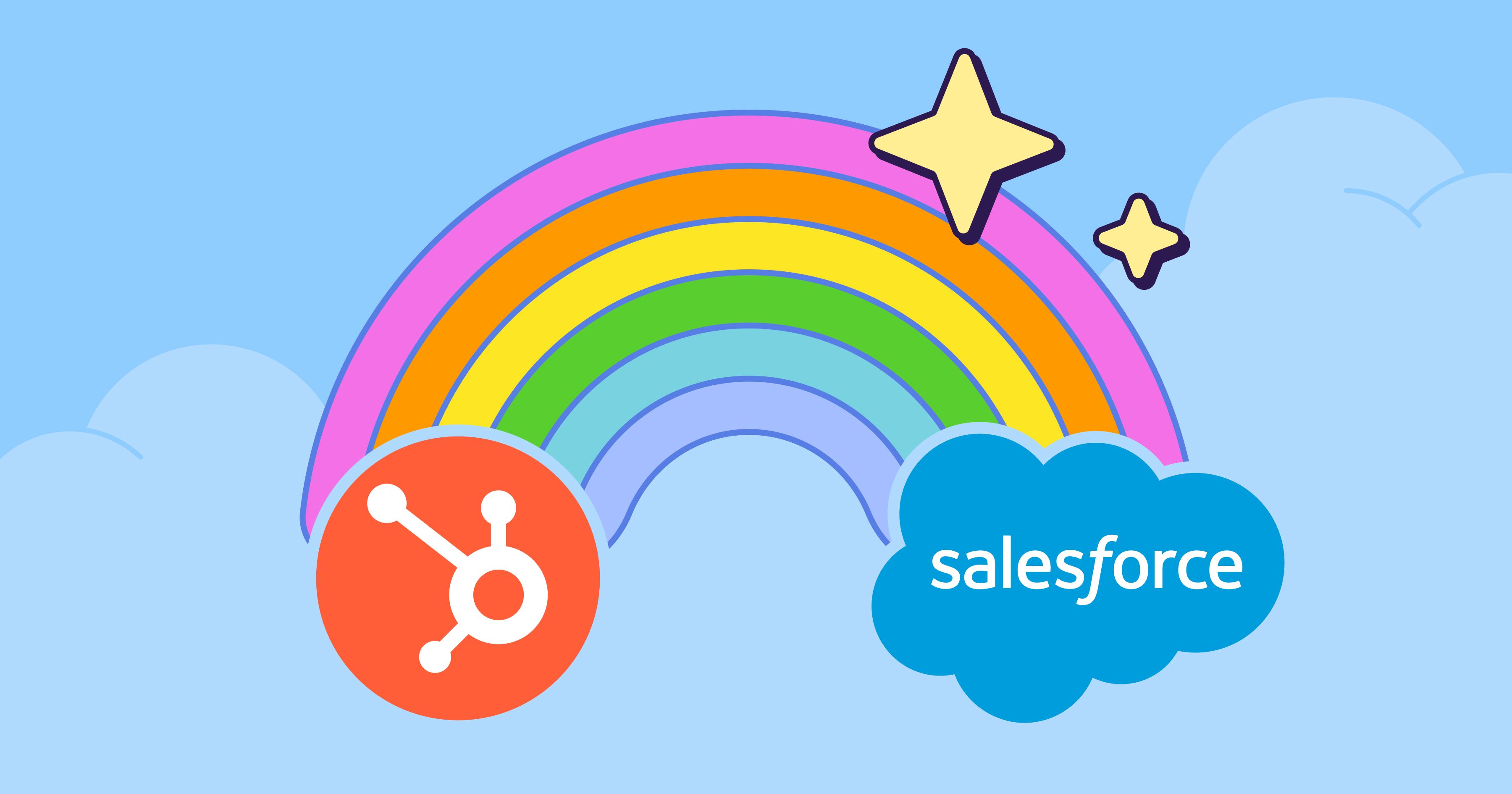

This is post #4 in a series exploring “what defines a funnel,” helping you ask and answer the right questions to design the right funnel for you.
When configuring processes in your CRM, we often have a picture in your mind of how the process should work. What most people don’t give much thought to is how to configure that process, particularly which objects should we choose to facilitate the cleanest data analysis, the best user experience for our team, and ultimately the smoothest customer journey for our prospects and customers.
As I have learned the hard way, if we don’t think this question through, we will often end up with a project down the road to rebuild that functionality, just elsewhere… AND, it will be harder to build this time around because of all the other “stuff” that is dependent on our old process.
While stereotypically certain teams use certain objects (i.e. SDRs use Leads, and Account Executives use Opportunities), deciding where to configure processes in our CRM is not as simple as mapping a team to an object. Understanding the functionality that each object brings to the table, and how that maps back to the customer journey, is critical in this decision-making process.
Here is a short list of my favorite questions that help define which objects to use when, and how to set up our org accordingly:
- Do we sell to multiple stakeholders in the same account? If yes, we may be operating out of an Account Based Selling/Marketing (ABS/ABM) motion. In this scenario, having people's records stored across both the Lead and Contact objects may make it difficult for us to understand all of the stakeholders we are interacting with at a given account, and we may want to consider limiting or eliminating our use of the Lead object.
- Do we reapproach the same people frequently? If we reapproach the same people frequently over time in order to close our first deal with them, tracking these approaches on the Contact object may force us to overwrite data and lose visibility into pieces of the customer’s journey. In this scenario, consider using the Opportunity or a custom object to track parts of sales outreach.
- What products do we sell? How are they priced? If we have straightforward, quantity-based products, with set pricing, perhaps Salesforce’s native quotes object will do. As our product catalog and pricing strategy get more complex, we will want to consider wading into the world of CPQ software, which comes with its own pre-built custom objects.
- Can we have multiple deals with the same customer at the same time? If so, are they co-termed? Aside from validation around how many open opportunities you have, co-terming multiple deals with customers can make tracking our revenue or ARR tricky. Rolling things up to the Contract object (especially if we are using CPQ) will be extremely helpful in ensuring that everything is accounted for properly. This will often move some of our revenue based-reporting to the Contract object, unless we roll the data back up to the account.
- Will we need to leverage resellers? If yes, we may want to create a way for them to register deals, either via a portal (a Salesforce community or an integration with a Partner Relationship Management (https://www.crossbeam.com/blog/whats-a-prm-and-do-i-need-one/) tool), as well as a way for our team to review and approve or reject deal registration. Consider the fact that certain PRMs require you to use the Lead object for integration and therefore approvals, and how this will interact with the rest of our configuration.
Our answers to the above, and many other questions will help clarify what objects are needed to configure our funnel properly. But remember, the “correct” objects per these questions are WHOLLY dependent on your go-to-market motion, not some hard-coded law for us to blindly follow.
Once we begin to answer these questions, we will see how intertwined our architectural decisions may be. What if we skip the Lead object (#1) but we use a PRM that required us to use the Lead object for deal registration (#5)? What if we use a CPQ (#3) - how does the particular one we chose leverage (or not leverage) the Contract object (#4).
At Sweep, we want to make sure that anyone is able to architect a funnel that will scale. Ensuring that most of these questions have clear and documented answers and that you are choosing the right object from the outset is a great step early in the right direction.


